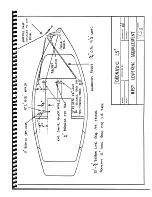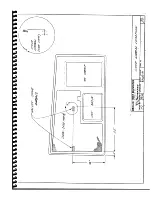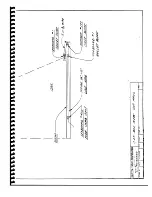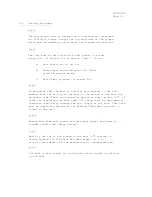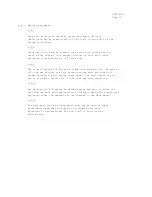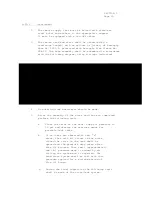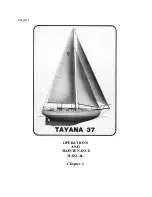
Section 5
Page
5.2
HULL TO DECK JOINTS
5.2.1
(continued)
Before joining the hull and deck, a short piece of "H" metal (6"-8") should
be slid along the joint on both the deck and hull to insure a proper fit.
The bottom of the "H" metal should be filled 1/2 to 3/4 of the way up with
caulking and placed on the hull. Use a rubber mallet to insure the metal is
down. When the "H" metal is down, caulking should ooze out. Drill a hole in
the "H" metal with a 13/64" bit and pop rivet. (See Riveting Instructions).
The top of the
"H" metal should be filled with caulking 1/2 to 3/4 of the
way up. The deck shall be placed on the hull and forced into the "H" metal.
When down caulking will ooze out. Drill and rivet.
After riveting, clean caulking before it cures. Then seal rivet heads. The
corners and bow should then be bonded, (4 oz. of mat and 3 oz. of cloth).
Then install gunnel rubber. Insert bottom of rudder in bottom of "H" metal.
Use a wedge to run along top. Rubber will fall into place. Install corner
and bow casting with machine screw in kit. Then seal around castings and
"H" metal, top and bottom, with marine sealer (G.E. White) to insure no
leans. Excess sealer should be cleaned before it cures.
RIVETING
The rivet spacing should be 3" apart. When double lowers are used the rivets
should be 1" to 1-1/2" apart, 2' forward of forward lower to 2' aft of aft
lower.
5.2.2
Hull/Deck Joint (without "H" Metal)
Trim the flange on the hull down to 1-1/2" overall, except at the bow where
you should make a template of the underside of the deck flange from the bow
to 3' aft, both port and starboard. Transfer these lines to the hull flanges
and trim to the line. Grind off the seam at the bow and stern so the deck
will set down evenly.
Trim the flange on the deck down to 1-1/2" overall in width and then route the
flange to 1/4" thick. At the bow you will have to make a template of the outside
of the hull and transfer this to the deck before trimming the forward most three
feet, both port and starboard.
Summary of Contents for Coronado 25
Page 1: ......
Page 21: ......
Page 22: ......
Page 23: ......
Page 24: ......
Page 25: ......
Page 26: ......
Page 27: ......
Page 28: ......
Page 29: ......
Page 30: ......
Page 31: ......
Page 32: ......
Page 33: ......
Page 34: ......
Page 35: ......
Page 36: ......
Page 37: ......
Page 38: ......
Page 39: ......
Page 40: ......
Page 41: ......
Page 42: ......
Page 43: ......
Page 44: ......
Page 45: ......






